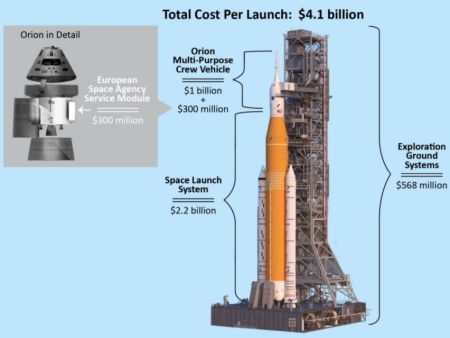French rocket startup signs Spanish rocket engine startup to provide attitude thrusters
The French rocket startup MaiaSpace, a subsidiary of Airbus, has awarded the Spanish rocket engine startup Arkadia Space a contract to provide the small attitude thrusters used to maintain the rocket’s course.
MaiaSpace hopes to do its first test orbital launch of its smallsat rocket in 2026, launching from a new commercial launchpad at French Guiana.
Arkadia’s thrusters are somewhat radical.
Arkadia Space, founded in 2020 in Castellón, Spain, develops hydrogen peroxide-based propellant systems for satellites and platforms with a mass of more than 50 kilograms. “The hydrogen peroxide-based propellant offers exceptional performance while significantly reducing cost and environmental impact compared to traditional hydrazine-based Reaction Control Systems,” according to the news release.
Hydrazine thrusters, while practical and lightweight, have the problem that the fuel is very toxic, and requires safety precautions to prevent injury to employees or the public. Using hydrogen peroxide instead likely reduces this issue significantly.
The French rocket startup MaiaSpace, a subsidiary of Airbus, has awarded the Spanish rocket engine startup Arkadia Space a contract to provide the small attitude thrusters used to maintain the rocket’s course.
MaiaSpace hopes to do its first test orbital launch of its smallsat rocket in 2026, launching from a new commercial launchpad at French Guiana.
Arkadia’s thrusters are somewhat radical.
Arkadia Space, founded in 2020 in Castellón, Spain, develops hydrogen peroxide-based propellant systems for satellites and platforms with a mass of more than 50 kilograms. “The hydrogen peroxide-based propellant offers exceptional performance while significantly reducing cost and environmental impact compared to traditional hydrazine-based Reaction Control Systems,” according to the news release.
Hydrazine thrusters, while practical and lightweight, have the problem that the fuel is very toxic, and requires safety precautions to prevent injury to employees or the public. Using hydrogen peroxide instead likely reduces this issue significantly.







